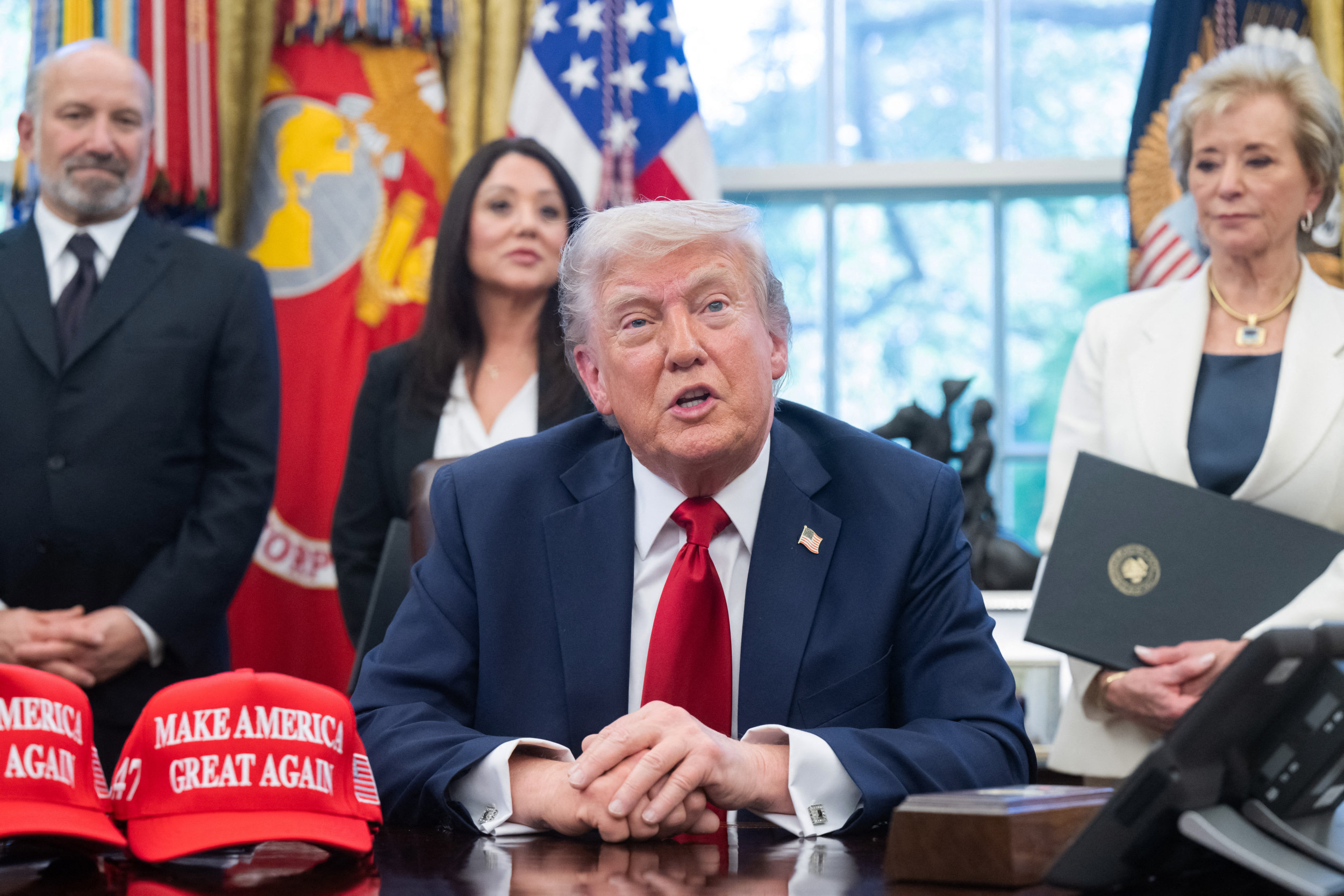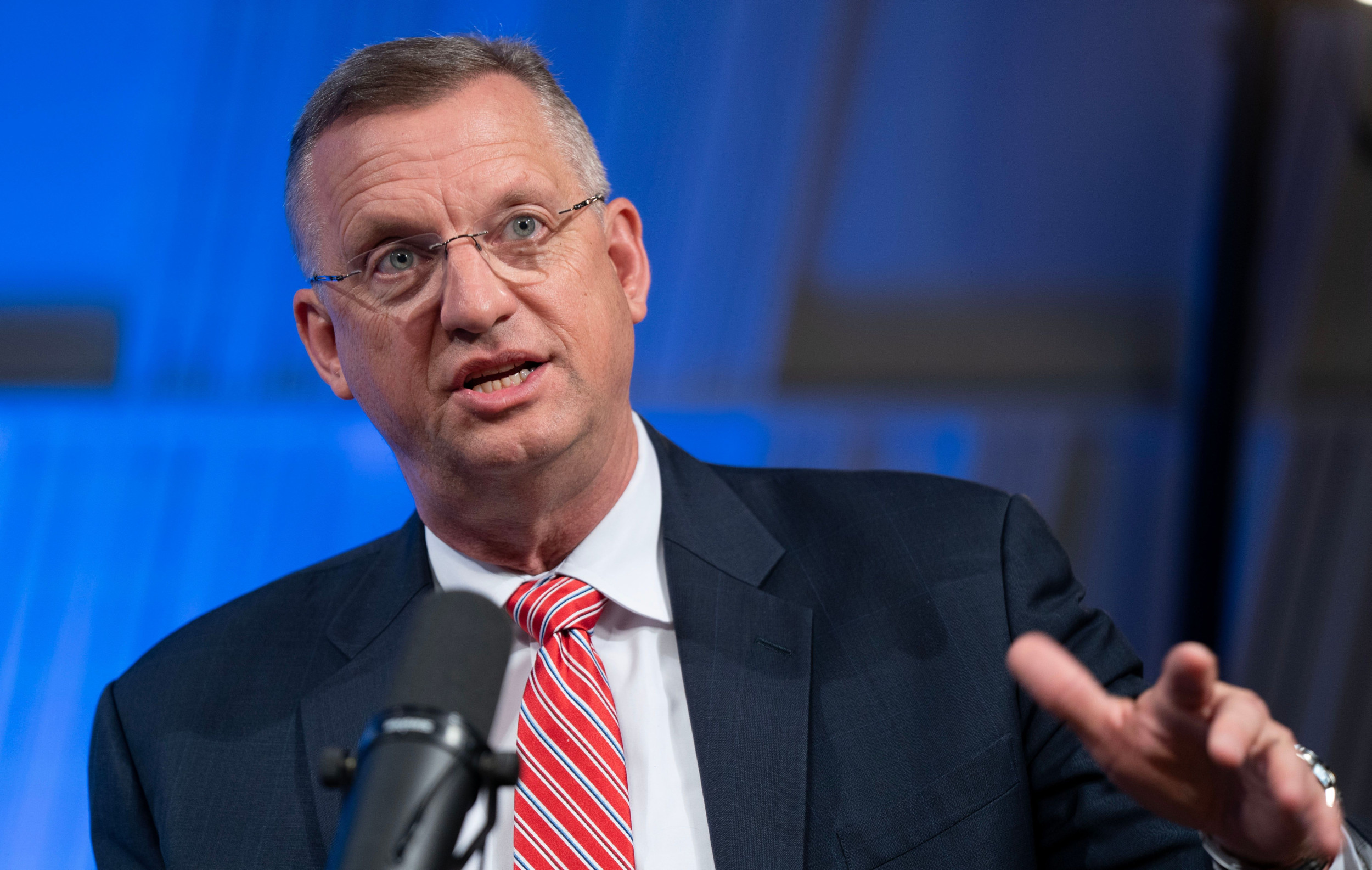🎙️ Voice is AI-generated. Inconsistencies may occur.
New satellite imagery shows the USS Carl Vinson entering the Indian Ocean via the Malacca Straits, marking a significant step in the U.S. military's increased presence in the region.
This move comes as tensions with Iran and the Houthis in Yemen escalate, signaling the potential for a more aggressive U.S. stance in the coming days and weeks.
Newsweek has reached out to the Pentagon and Iran's foreign ministry for comment.
Why It Matters
The USS Carl Vinson, originally deployed in the western Pacific, has now moved into the Indian Ocean, on its way to join the USS Harry S. Truman in the Middle East. This increased U.S. naval presence comes amid escalating tensions with Iran and its support for Houthi rebels.
With two aircraft carriers the U.S. now has a formidable strike force in the region. The combined presence of the Carl Vinson, the Harry S. Truman, and B-2 stealth bombers stationed at Diego Garcia dramatically enhances the U.S.'s ability to carry out air and missile strikes, heightening the potential for wider military action.

What To Know
Satellite imagery and maritime data indicate that the USS Carl Vinson with its strike group, which includes the USS Princeton and USS Sterett, has transited through the Malacca Straits into the Indian Ocean.
The redeployment of the Carl Vinson comes as U.S. President Donald Trump is reportedly considering indirect nuclear talks with Iran and preparing the ground for military strikes. Meanwhile, the U.S. military continues to carry out strikes against the Houthis. The Iran-backed group began attacking commercial ships in the Red Sea in late 2023, saying it was acting in solidarity with the Palestinians after the Israel-Hamas war erupted in Gaza.
Iran's Warning
Iran's Supreme Leader Ayatollah Ali Khamenei recently warned of a "strong reciprocal blow" against any U.S. actions, escalating the rhetoric amid heightened tensions.
This threat comes as negotiations over Iran's nuclear program have stalled, with Washington growing increasingly concerned about Iran's nuclear capabilities and regional influence. Iran says that its nuclear program is for peaceful purposes only.

What People Are Saying
Pentagon spokesman Sean Parnell said in a statement: "Secretary Hegseth continues to make clear that, should Iran or its proxies threaten American personnel and interests in the region, the United States will take decisive action to defend our people."
Iranian Foreign Minister Abbas Araghchi wrote in a post on X: "Diplomatic engagement worked in the past and can still work. BUT, it should be clear to all that there is—by definition—no such thing as a 'military option' let alone a 'military solution'."
What Happens Next
With two U.S. supercarriers and long-range bombers now positioned in the Indian Ocean, further American military action against the Houthis—and pressure on Iran—appears increasingly likely.
About the writer
Amir Daftari is a Newsweek reporter based in London, specializing in global affairs with a focus on the Middle East. ... Read more




